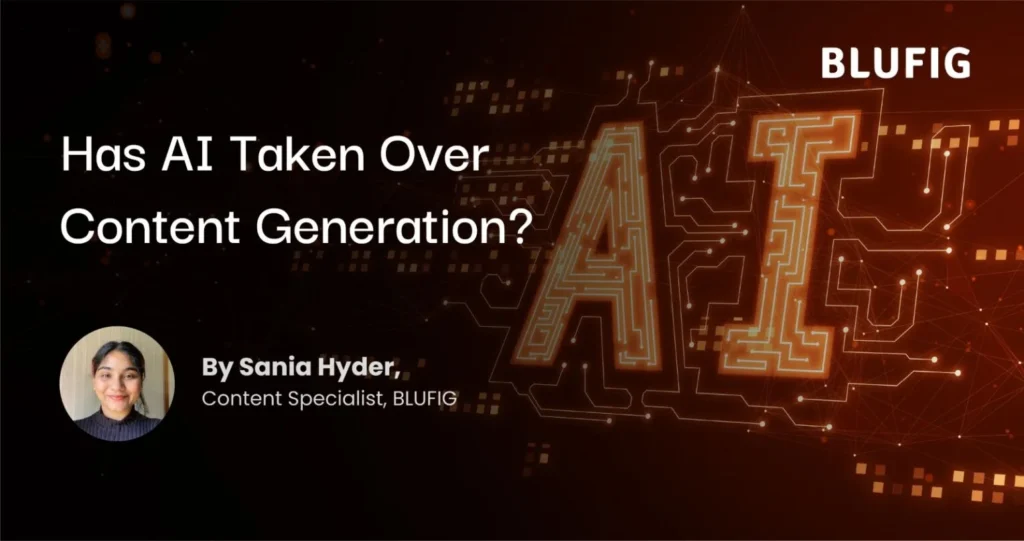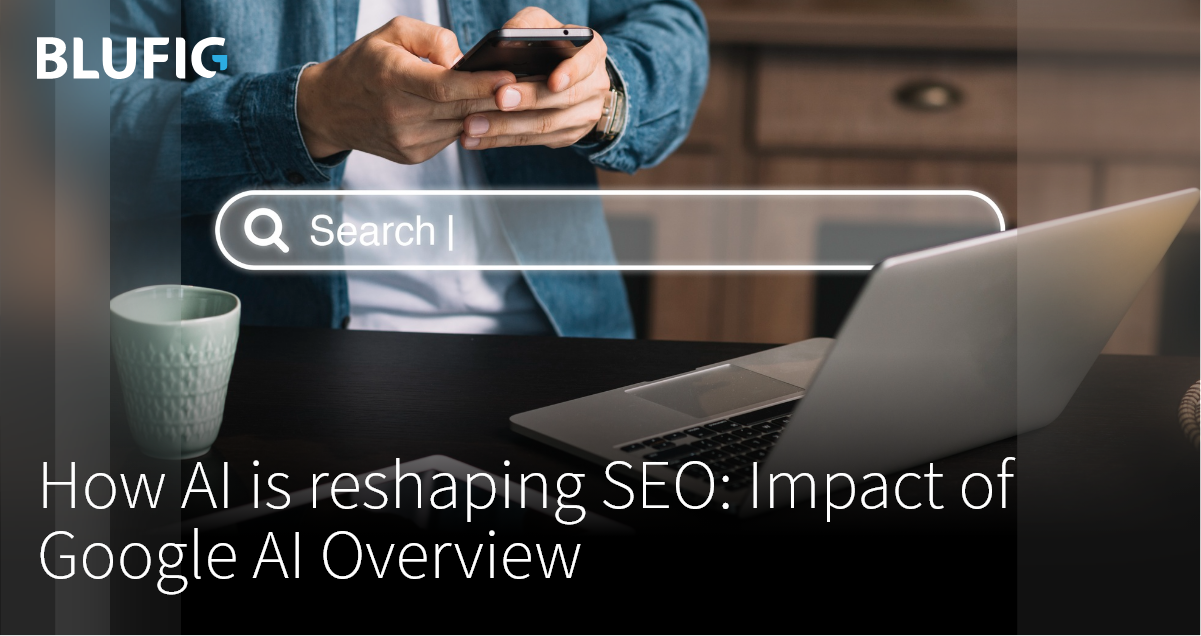Has AI Taken Over Content Generation?
AI is everywhere. From smart assistants to self-driving cars, it is transforming the way we live, work, and play.
But what about the way we create?
Can AI generate content that is engaging, original, and persuasive?
Before we jump to conclusions, there are a few basics we need to understand. For one, how does AI generate content? Read on:
How AI Generates Content
AI generates content by using data, algorithms, and models to produce text, images, audio, or video. Depending on the type and complexity of the content, AI can use different techniques, such as:
Natural language generation (NLG): This is the process of converting structured data into natural language text. NLG can be used to create summaries, reports, headlines, captions, product descriptions, and more. This technique can also use natural language understanding (NLU) to extract information from unstructured data, such as text, speech, or images.
For example, ChatGPT is a generative AI model that can generate coherent and fluent texts based on a given prompt or context. We have seen ChatGPT used for various tasks, such as writing emails, articles, stories, or even code.
Computer vision: This is the field of AI that deals with understanding and manipulating visual information. Computer vision(CV) can be used to generate images, videos, animations, and graphics, based on data, text, or other images.
The most recent example of a CV platform in action is how music composer AR Rahman used AI to recreate the voices of late singers Bamba Bakya and Shahul Hameed for the song ‘Thimiri Yezhuda’ in the film Lal Salaam. He used Timeless Voices AI, a platform that preserves the voices of legendary artists using AI. He also obtained the consent of the singers’ families and offered compensation, showing respect and responsibility for using their voice models.
Deep learning: This is a branch of machine learning that uses neural networks to learn from large amounts of data and perform complex tasks. Using deep learning and transformers like GPT-4, we can generate creative, diverse, and expressive content, such as poems, stories, songs, jokes, or code, from a given prompt or context. For example, Bard is a generative AI model that can compose original lyrics for any genre of music, such as rock, rap, or pop.
Now that we’ve brushed through the how, the next question is WHERE?
Where can AI Generated Content be used:
AI generates content for various purposes, such as:
Marketing: AI can help marketers create personalized and effective content that can increase conversions, loyalty, and retention. It can as we know generate content that matches the preferences, emotions, and behaviors of the customers, using data and analytics. AI can also test and optimize the content for different channels, segments, and scenarios, using experimentation and reinforcement learning.
Journalism: Assisting journalists in producing informative, accurate content by leveraging data and sources, it can also enhance articles with relevant visuals, videos, and charts using computer vision and natural language generation.
Education: AI-powered personalized learning assists educators in creating engaging and customized content to enhance student learning outcomes. By analyzing data and feedback, it adapts content to individual levels, styles, and paces.
Additionally, AI enriches learning experiences with interactive elements like quizzes, games, and simulations, leveraging gamification and virtual reality
Entertainment: Empowering entertainers to craft captivating, imaginative content that delights and inspires audiences by exploring novel genres and themes, AI collaborates with creators, infusing fresh creativity into their work through co-creation and human-in-the-loop methods.
What AI Can’t Do (Yet)
If you’re a creative professional contemplating how to incorporate generative AI into your daily workflow, the primary guideline is to recognize that its purpose is to enhance your capabilities rather than replace them.
According to Sam Garg, CEO and founder of Writesonic, generative content on its own tends to be generic, formulaic, and not inherently designed to accomplish the essential task that digital content typically must achieve – capturing our attention. While generative AI tools can effectively write articles, create ad scripts, or generate entire promotional videos, this may not be the most optimal utilization.
Garg emphasizes the concept of augmenting humans rather than replacing them, viewing AI as a tool that boosts human productivity and operates collaboratively rather than as a substitute. This human-in-the-loop approach ensures that content maintains a human touch and avoids becoming overly mechanical and predictable.
It basically comes down to TWO factors:
- Quality: AI can generate content that is grammatically correct and logically consistent, but it may not always be factually accurate, culturally appropriate, or ethically sound. AI may also lack the nuance, humor, and emotion that human content creators can convey.
It can generate content that is novel and diverse, but it may not always be unique and authentic. AI may also rely on existing data and models, which may limit its creativity and innovation. - Responsibility: AI can generate content that is impactful and influential, but it may not always be accountable and transparent. Like all technology, it poses some risks and challenges, such as plagiarism, bias, manipulation, and misinformation.
So, to finally answer the question: Has AI Taken Over Content Generation?
Yes and No.
Anti climatic. I know.
Generative AI finds application at various stages of the creative process, from ideation and planning to storyboarding, drafting, fact-checking, and distribution to the audience.
However, exceptional content often succeeds for two reasons – introducing novelty, such as a new idea, and establishing an emotional connection with the audience. These are areas where generative AI frequently encounters challenges. It cannot generate truly innovative ideas in the same manner as humans, relying instead on regurgitating information from its training data. Additionally, it lacks a genuine understanding of emotions compared to human creators.
AI has taken over content generation in many ways, but it has not replaced human content creators. While complementing and enhancing human content creation, by providing diversity, efficiency, and scalability; it can augment and assist human content creation AI and human content creators can work together to create more engaging, original, and persuasive content.
Looking For A Marketing Partner?
We will make it worth your while!




